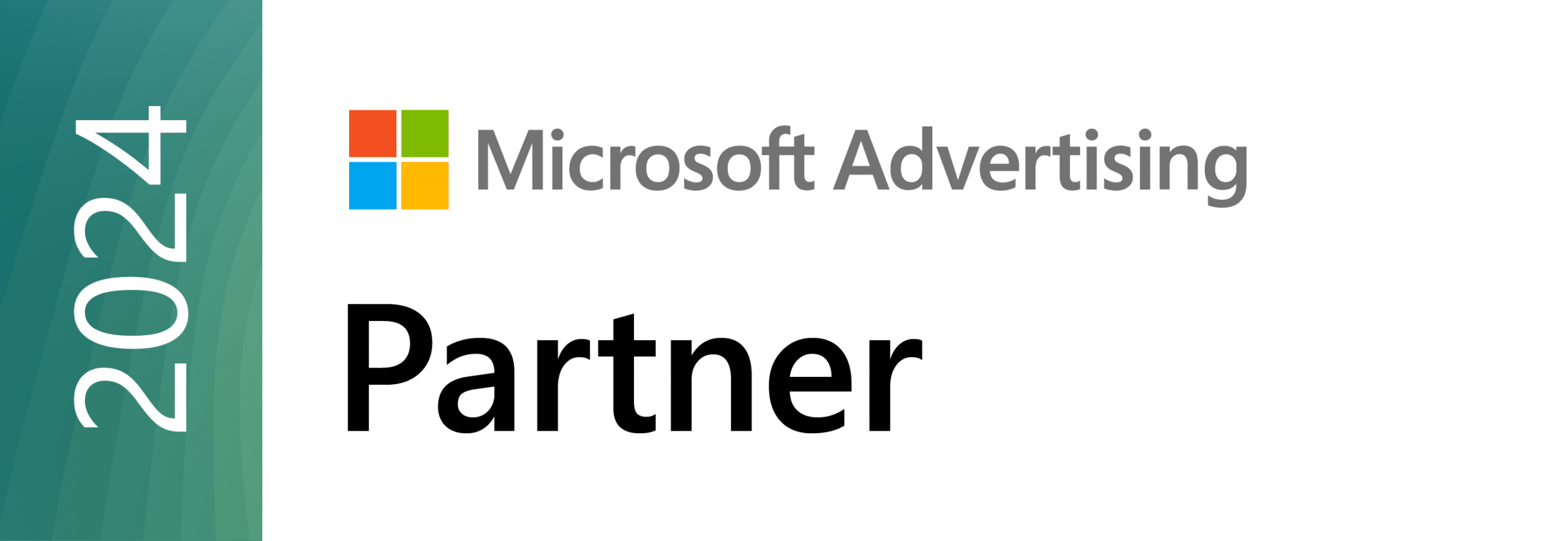
A Facebook Strategy For Physicians
[wtr-time]
With more than 2.3 billion active monthly users, Facebook provides a great platform for physicians and practice managers to engage with patients. The important thing to remember about Facebook along with the other social media channels is that first word in the description which is social. Engaging with patients will build a brand much more quickly than just posting messages.

Facebook Is For Grandparents
Many people mistakenly believe that social media is a young person’s game but truth be known, the audience on Facebook is considerably older than those on Instagram, Snapchat, YouTube and Twitter. A recent study shows that 64% of people ages 50-64 are only Facebook on a daily basis with 37% of Americans 65 and older using the platform. Often the primary use of Facebook for these seniors is to keep up with family members and grandchildren in other cities. With many older doctors retiring, Facebook is particularly helpful for younger doctors looking to obtain older patients wanting a new doctor.
People Ages 30-49 Like Social
While 68% of US adults are on Facebook, the 30-49 age group is the second highest user of all social media with 78% of this age group on some type of social daily. So this is the place people come to for information. Different office hours or an office closing early is should also be posted on a physician’s Google My Business page, Twitter account and Instagram when urgent.
Syndicated Blogs To Social Media
Many physician practices and hospitals use content to further market the practice. Pushing this content out to social media provides a wider range of places for a potential patient to see these articles. Facebook provides doctors with a quick way of sharing expert knowledge with patients. Social media can be used to highlight areas that are unique to a facility that may attract new patients.
Communication With Patients
Sometimes a patient may have a question but does not want to come into the facility. Facebook allows physician offices to interact directly with patients. Communications through Facebook messenger will allow patients to get answers more quickly while also providing a sense of easy access. Using Messenger for simple contact questions like confirming office hours or directions also cuts down on staff requirements because the message doesn’t have to be answered instantly like a phone call.
Creating A Great Brand
A great Facebook page will include the hospital or doctor’s logo as well as reflect brand presence of the facility’s web page. A doctor’s online presence should be defined as the medical practice and not be too personal. A Facebook page should reflect the integrity, ethics, and professionalism of the practice. However, providers should not enter the social media arena lightly as there are HIPAA and other breaches of patient privacy to be considered.
Identify the Ideal Patient
Another point to consider while setting up a Facebook page is the type of information that will be conveyed and how often. No one cares about a stagnant page. The page should be updated regularly, preferably at least weekly. Identifying the ideal patient group will help determine how often posts should be created. If a practice caters to the 18-24 age group, other channels should also be considered.
Be Entertaining
A successful Facebook page will help patients learn and also be engaging. Doctors and practice manager can do this by presenting information that’s easy to read and remember. For example, quizzes and surveys are often a fun way to interact while providing new information.
Social Media Engagement
If a practice does not have the resources to actively keep up with social media on a regular consistent basis, considering a service for this may make sense for the facility. Digital marketing is the best way to reach people today. Most potential new patients will be doing research online whether this is through a website, blogs, Facebook or other social media channels. Understanding the demographic will help make those decisions more clear.
More from viralMD
[wtr-time] Social media is crucial for attracting new patients for doctors and hospitals.TikTok is becoming a great platform for healthcare. #tiktokdoc
[wtr-time] Building brand awareness through social media channels for physicians, hospitals and outpatient surgery centers while building relationships.
[wtr-time] Doctors and hospitals can use social media to attract the right type of patient for their practice while strengthening their reputation.









